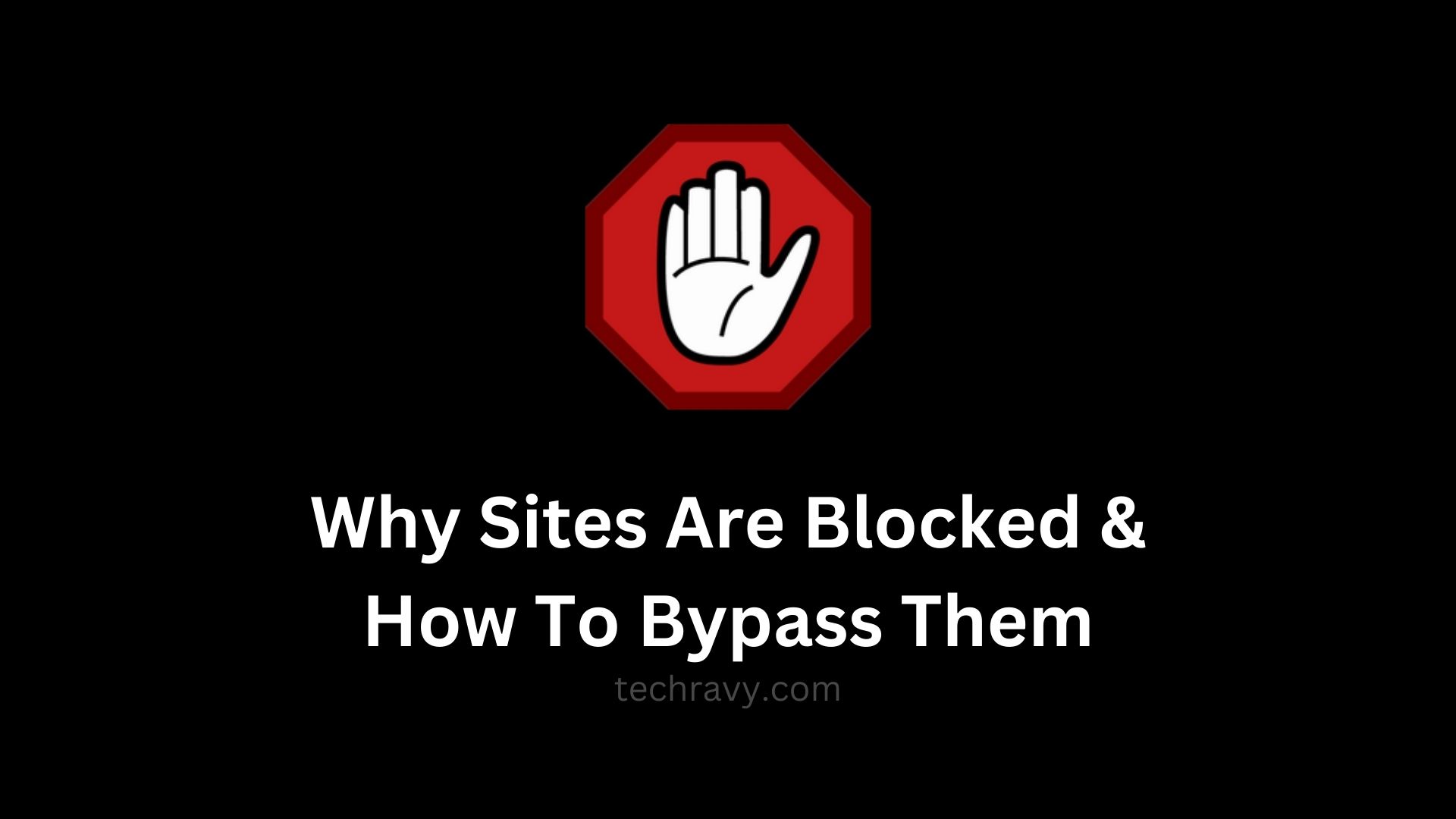You may often find that certain websites are blocked or restricted for access. These blocks can be due to various reasons, such as geographic restrictions, government policies, or organization rules. In this article, we’ll explore why websites are blocked and provide you with five effective methods to bypass these restrictions and access the content you want.
Why Are Sites Blocked?
Websites can be blocked for several reasons:
- Geo-blocking: Some services, like Netflix, Amazon Prime, and Hulu, use geo-blocking to limit content access based on your location. They do this to comply with regional regulations and licensing agreements.
- Government restrictions: In some cases, governments block websites to control information flow or suppress undesirable content. For example, China blocks access to platforms like WhatsApp and Twitter.
- Productivity enhancement: Organizations may block social media sites like Facebook and Instagram to boost employees’ productivity.
- Legal regulations: Certain countries implement strict internet laws, such as bans on explicit content, as seen with the recent porn ban in India and England.
Five Effective Ways to Bypass Blocked Sites
If you’ve ever wondered how to bypass blocked sites, these methods can help:
- Use a VPN (Virtual Private Network): VPNs are a reliable way to bypass website blocks. They provide you with a new IP address from a different location, allowing you to access blocked content. VPNs also encrypt your data, making it difficult for anyone to track your online activities.
- Free Proxy: A free proxy quickly hides your IP address, which, in turn, conceals your location. While not as secure as VPNs, free proxies are handy for one-time use, especially in school or corporate networks.
- Smart DNS: Smart DNS providers help you overcome restrictions by rerouting only your location, not your data. This method offers faster internet speeds compared to VPNs, but it doesn’t change your IP, making you potentially vulnerable to authorities.
- Use the IP address: Instead of using a domain name, access a website using its IP address. Many people block URLs but not the associated IPs. This can be effective in bypassing site blocks, especially at schools or workplaces.
- Google Translate: A user-friendly method to bypass blocked sites is using Google Translate. Simply visit Google Translate, enter the URL, and click the hyperlink in the right-hand box. Be sure to change the source language to a different one for this to work. However, keep in mind that this method doesn’t protect your privacy, and you may remain vulnerable.
Additional Websites to Bypass Blocked Sites
There are numerous proxy websites available to help you bypass blocked sites. These proxy sites conceal restricted websites from your internet service provider (ISP), allowing you to access them without issues.
Final Words
It’s essential to note that websites are often blocked for safety and security reasons. While these methods can help bypass restrictions, it’s essential to respect website blocks imposed for legal or security purposes. Always use these methods responsibly, and remember that everything mentioned in this article is for informational purposes only. If you have any questions or queries, please feel free to reach out to our Techravy team via the comments section below.
